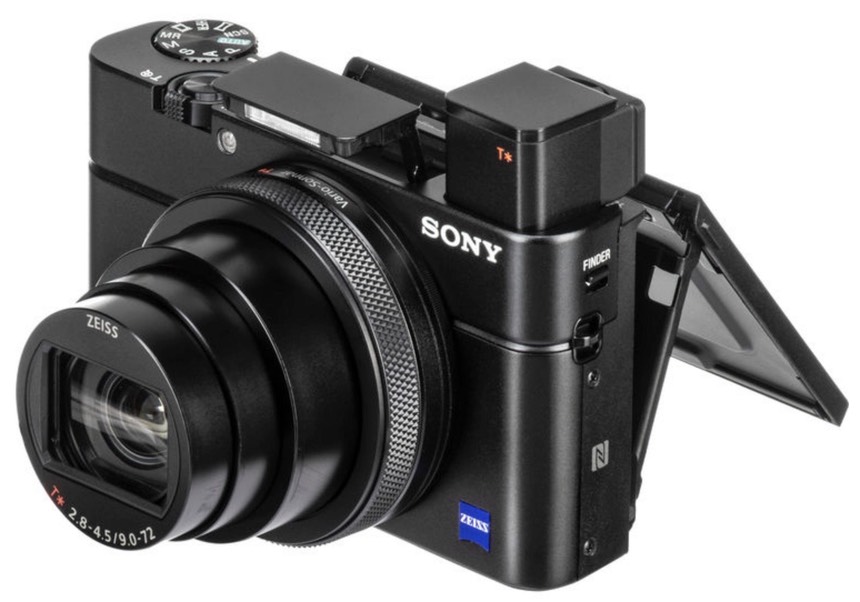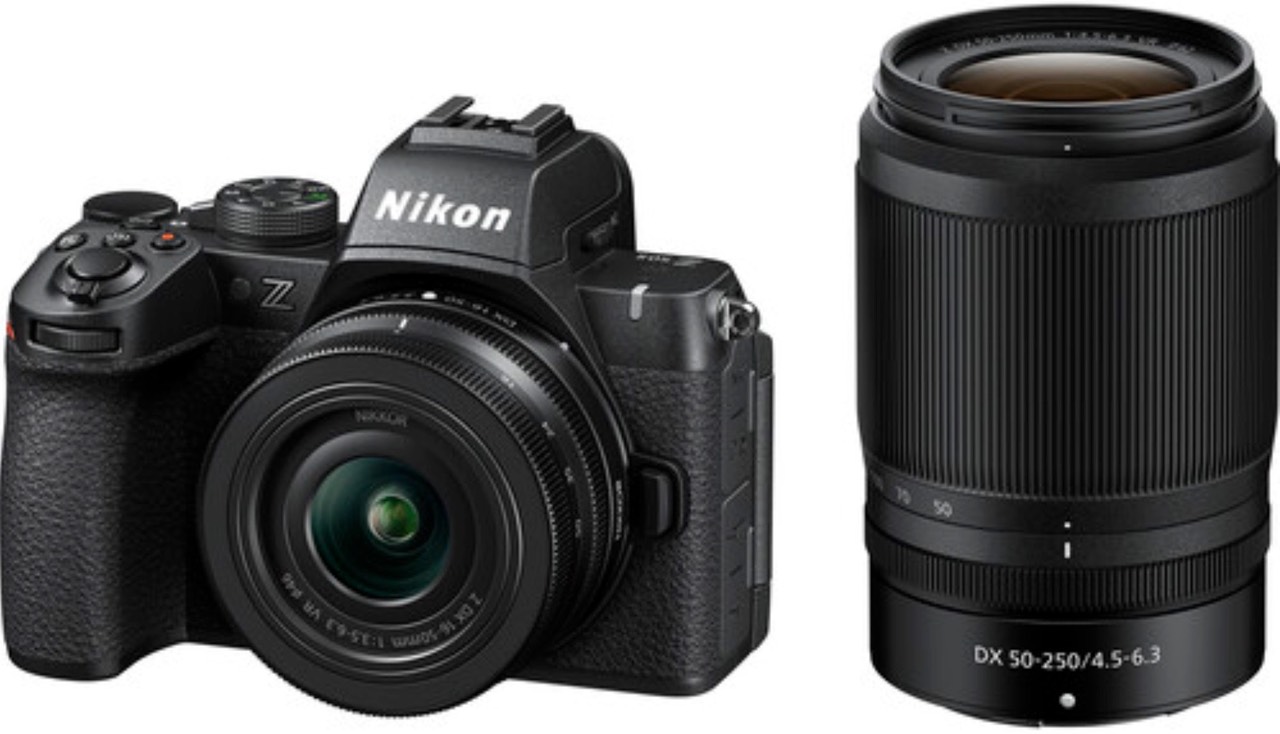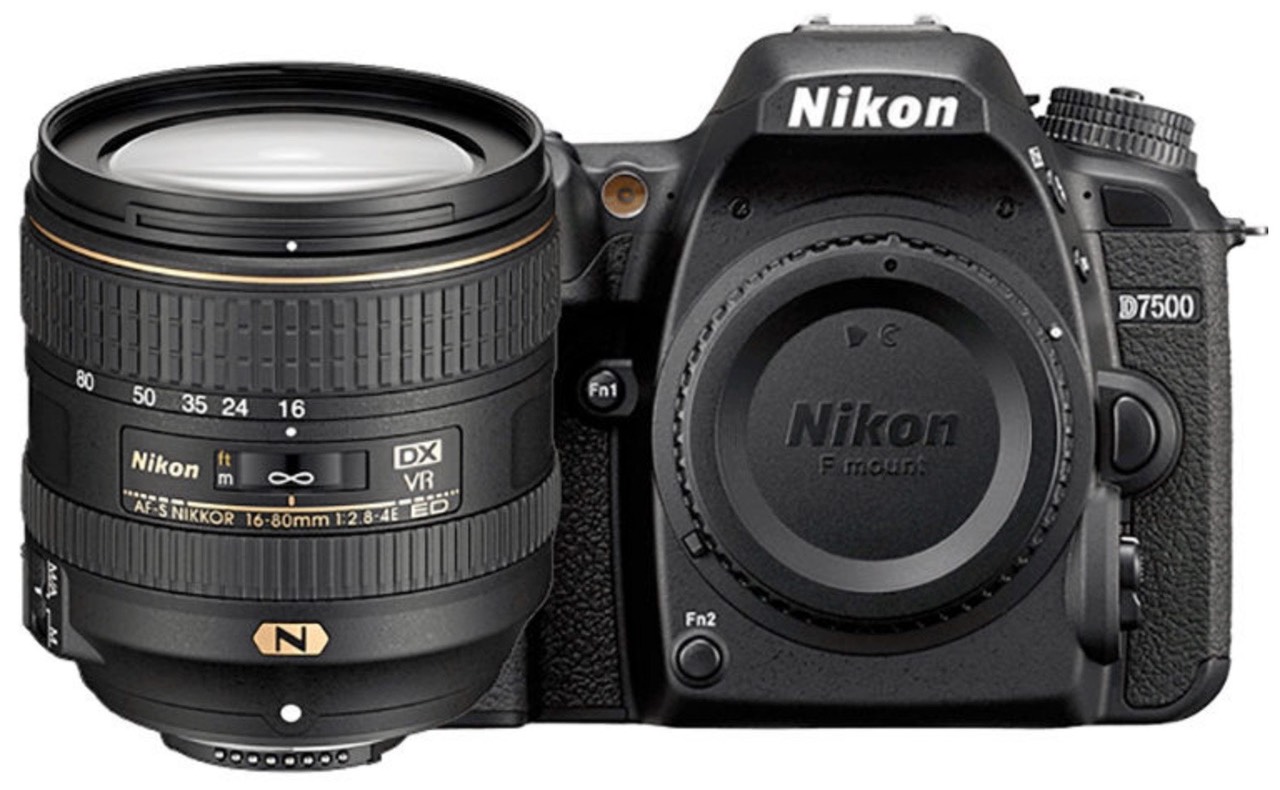I've known a few people who are serious photographers who've decided to spend a year or more just wandering the world. One of the big issues they face is just how to winnow down their camera and computer gear to the point where it doesn't impact their ability to go anywhere, any time for any length, and in any manner of travel (plane, train, auto, boat, walking).
Most folks taking on this backpacking style of travel try to get everything down to one pack (as should you). Something that's comfortable, versatile, organized, durable, and able to fit in airline or train overheads, such as the Cotopaxi Allpa 35L [affiliate link]. (A similar product is the Thule Subterra 40L [affiliate link])
Note that a good all-in-one pack, like the Allpa shown here, helps you organize and keep things that should be separated, separated. To get a better idea of what I mean, check out Cotopaxi's short video on that.
To get down to that one-pack level puts a huge premium on everything you bring with you. You need to be able to clearly and completely get your gear down to the basics that will handle every situation.
To give you just one example, I have a light down vest, an insulated jacket, and a rain shell that are all extremely light and packable, but work together in layers to give me wind, rain, and cold protection in varying degrees in the most minimal weight and packing size. Literally, they pack down to the size of a small melon when compressed, and are not even two pounds total weight (plus I tend to wear either the vest or the jacket on the plane).
Could I get even warmer outer clothing to do the same thing? Sure. But I've spent a lot of time trying various options, and my current combination is the lightest and most packable that's going to satisfy 99% of the situations I find myself in. Moreover, it gives me layers to put on or peel off as temperatures and conditions change.
Aside: I'm not going to get into listing specific clothing, as we run into all kinds of problems there: some people don't like certain styles, most clothing lines are changed annually, there's tons of duplication of near similar things, some lines are optimized for certain size/shape men and women, and availability just changes constantly as most clothing is made in batches and when something sells out, it sells out. When I find something I like, I tend to buy it in multiples, as it's pretty likely it won't be available again in my size and preferred style if I have to replace it later.
Indeed, clothing is usually what you have to get ruthless with when you attempt the one bag style of travel. Everything should be hand washable and able to dry overnight (e.g. no cotton), and you're not going to be packing five pairs of pants and a half dozen shirts. Underwear and socks are the only things you'd likely have in multiple quantities if you're tackling the one bag approach. Moreover, you're likely to be wearing the shoes you'll travel in. I do have a very small, packable, and light Teva Ember Slippers [affiliate link] that can be used as shoes in many situations that goes into the pack, though. I learned the hard way many years ago to not have just one pair of footwear, though that incident did have the desirable side effect of scaring off the begging children in Quito as I walked the streets barefoot looking for a shoe store.
You should also learn how to pack what you do bring down to its smallest possible form. For example, use the Military T-Shirt fold. Variations of this—and for other clothing items—exist and should be used whenever possible. The jacket I mentioned, above, stuffs down into one of its own pockets, for example.
I can get the clothing and toiletry side of my bag down to just over half of the Allpa's 35 liter capacity, particularly if I don't mind wearing a little extra clothing as I hop between places. That doesn't leave a lot of room for computer and camera, and particularly the accessories that accompany them (the Allpa has a tablet/laptop sleeve that doesn't use internal bag space, though).
Thus, photographically you have to ask yourself just how minimal you'll go.
The most minimal, of course, is to just use your smartphone. But I assume you're reading this article because you aspire to more in your photography than just a smartphone is going to provide you.
So it's time to get to the meat of the article. I'm going to provide you a few basic options using specific gear I've used and can recommend. Warning: I'm going to be brutal, because otherwise you're not going to get everything into one bag!
Most Minimal I'd Go
Let's start with the simplest, lightest, and smallest photography kit I'd consider: a Sony RX100m6 [advertiser link; also, see my review of the similar Leica D-Lux8] and a 1TB iPadPro 11" (and add a USB 3.1 SD reader and Smart Keyboard)[advertiser link].
The Sony camera nets you 24-200mm equivalent lens range, which is a pretty good one for basic travel considering that it fits in your shirt pocket. You might miss having an extreme wide potential in some situations (hint: shoot panos), but that's about it.

The liabilities of this small camera is that it chews through batteries like I do chocolate, and it will begin to struggle in really low light, particularly when not at the widest angle. It's a compact camera design, too, which means that it's not quite as functional for action type shooting, should that arise.
The iPad Pro suffices for reasonable computer duties these days. I'm quite impressed with what you can do now even in processing raw files, and of course, basic email, web browsing, and even writing are just fine (hint: if you're going to post to your site while traveling, you need a WordPress-type site where you're only updating the site's database via the Web each time, not reposting everything in HMTL as I do here).
The liabilities of the iPad all center around storage (which is why I suggested the 1TB model). The longer you travel and the more photos you take, the more you're going to bump heads with storage limits. When you go this minimal, you may not be backing up the iPad, either, since you're not always around enough Wi-Fi speed to do that when you're shooting a lot, and you're not carrying a computer to back up to (hint: don't re-use SD cards; buy and carry enough to last you until you can get home to back everything up; don't skimp here. Also: you definitely want some sort of cloud storage you can use in those times when you do have good Wi-Fi connectivity.).
One final note: make sure you have a workflow to get your iPad image editing off to your computer. Consider using a "paired" set of programs, such as Affinity Photo, which has both iPad and Mac versions, or Adobe Lightroom. Because the iPad doesn't have an overt file system, there are some extra hoops you have to go through when you get home, and you don't want that to be too cumbersome.
Middle of the Road
You have several ways you can go if you want more photographic capability, but don't want to go as far as you can go these days. Middle of the road is not a bad place to be, so don't denigrate it. It's a balance point, and one-bag travel is all about getting the balance right.
Indeed, I can identify a half dozen or more camera/lens approaches you could take to step you well up from the Sony RX I suggested in the minimal kit. I'm going to only elaborate on one that I'm highly familiar with, however: the Nikon Z50.

Nikon's two-lens Z50II kit [advertiser link] provides wide angle (24mm equivalent) to long telephoto (375mm equivalent) in a very compact form. The camera is small—smaller than crop-sensor DSLRs—and only about a pound. The two lenses, one really small, and one much larger, only add another pound and a third. Yet, this system is highly capable, richly featured, and very flexible.
Other current options that are similar would include the Canon R10, the Fujifilm X-S20 or X-T50, or the Sony A6400. But none of them do 24-375mm in as compact a kit and as competently.
The Maximum I'd Go
You can do maximum with a DSLR or you can do it with mirrorless.
If you're doing maximum with a DSLR, the DSLR will not be a full frame one, as the sizes and weights just start to get outside our one-bag goal. On the DSLR side for me the choice would therefore be a Nikon D7500 with the 16-80mm f/2.8-4 DX and 70-300mm f/4-5.6 AF-P FX lenses [advertiser links] (See also my reviews of these products on dslrbodies.com). I'd probably add the 10.5mm f/2.8 fisheye [advertiser link], too, as it's small and light and I can find some way to stuff it into the pack. You're surprisingly well covered with this kit: really good optics from 24-450mm full frame equivalent, plus the ability to cover 180° across the diagonal for true perspective push on subjects if you opt to bring the fisheye.

The liabilities of the D7500 approach are that we're not maximizing low light capability and that we're at 20mp. Still, I've shot with this and its predecessor combination and not felt particularly hampered. I pay more attention to my framing in camera (due to the limited pixel count compared to my usual camera), and I'm very careful to not miss on exposure.
If you want full frame, you'll be going mirrorless. The Canon (R8), Nikon (Zf/Z6III), and Sony (A7) are all potential "lightish" solutions here. Personally, I tend towards a very different approaches for one-bag travel with full frame mirrorless. I used my Sony A7R Mark III with the Sony 12-24mm f/4 and 24-105mm f/4 lenses for awhile. Remember, we're trying to fit into one bag, so some things start to give as you try to maximize your camera. What gives in the Sony solution I was using was telephoto. More recently, I've switched to a different two-lens approach: the Nikon Z6III with the 14-30mm f/4 and 28-400mm f/4-8 lenses.
The liabilities of the full frame mirrorless approach are that you have to get totally merciless with lenses to make it down to a one-bag traveler. You're not going to be traveling with a full set of f/2.8 zooms, not even close. You're looking for maximum quality in minimum size and weight, period. Another liability that can assert itself: storage. If you're shooting a lot for a long time on the road with a 45mp camera, well, your storage needs get pretty big, very quickly.
Which brings me to the computing side. A tablet is probably not enough, you need a computer and because of the large file sizes you're probably creating, you need plenty of storage.
In the Mac world, I've used a MacBook 12" with D850/Z7 files on the road. It's the smallest, lightest you can go in the Mac lineup (basically true for Windows machines, too, which don't get slimmer and lighter than this). These days, though, a maxed out MacBook Air M1 (current model M3) [advertiser link] is probably the right choice. Get 16GB of RAM and as much SSD storage in it as you can afford.
The temptation is to go up a model or two. I don't think that's necessary right now if we're trying to stay as light as possible. What you also have to do is minimize everything else. I've got a smaller power adapter for my traveling MacBook, I use Samsung T5 SSDs because they're about as small as you can get for extra storage, and I've simplified my cable and other support accessories down to a minimum.
The liability of going this direction is cost: you're buying a higher end computer and then you're adding high-cost—but small and light—accessories to it.
Add Ons
Let's say you've got all your clothes, camera, lens(es), and computer gear packed and you still have a wee bit more room. What might you add?
The temptation, of course, is to add lenses. I'd tend to suggest against that. You don't want to be juggling too much when using the minimized travel approach, and so now you have to think about how you're carrying and accessing those extra lenses while moving about. Plus, more lenses start adding size and weight issues very quickly. My predilection is to keep things down to two lenses, and the second lens has to fit in my jacket pocket for carrying while walking about. Don't go beyond that without thinking it through!
One simple idea is to supplement your photography kit with a "tough" camera. You know, those freeze/water/drop proof compact cameras, such as the Olympus TG-7 [advertiser link]. The reason for this is simple: if you're truly on an adventurous world exploration, there will be times when it's raining, snowing, you're in or on water, or you're in perilous places. You don't want to be risking your primary camera in such situations, as that could leave you without anything other than your phone to shoot with should the worst happen. At least until you get back to somewhere where you can replace your lost main photography gear at a reasonable cost. (Remember when you add another camera like this, you're also adding additional batteries and charger, possibly even other accessories.)
What about tripods? Eek. No, you're not bringing a big tripod with you that will extend up to your eyeballs while you're standing up. What you're going to do is choose support that's much more modest for those extreme situations where you do need it. I'd suggest the Oben CTT-1000 Carbon Fiber tabletop tripod [advertiser link]). It's one pound, and with some attention to how you use it, works well with every camera I noted above. It's surprisingly steady when used correctly, but it's just not going to get you much off the ground (or rock, or a table). Good thing every camera has a swivel LCD these days ;~). If you absolutely insist you have to go higher with your support, I'd suggest you think monopod. Moreover, with a monopod you also have a potential walking stick, too. Just don't get carried away. You probably don't want to go any more elaborate and heavy than the Sirui P-326 [advertiser link].
Final Words
And yes, I've used this one-bag style for some of my travel lately (can't really do it for workshops, though). It's quite freeing to be minimized this way. It's also been pretty easy for me to expand a bit to two bags to accommodate some extra photo gear (e.g., when traveling to sporting events, I have a small extra bag with my extra body and long lenses). It's far easier now to pack/unpack/repack and move from one location to another (hint: have a spreadsheet for everything, too; in particular, consumables in the toiletry kit are good to track). Much of the time I don't have to check baggage on airlines, either, as the Allpa fits in Boeing 737 and larger overhead bins.
But beware. Note that I mentioned expanding to two bags at times in the previous paragraph. That's exactly where you'll start to hurt yourself: it's really easy to add to a minimal system to the point where you don't have a minimal travel system any more. The point of going minimal is to stay flexible yet be capable of going anywhere and doing anything at any time without being encumbered by extra baggage (literally).
